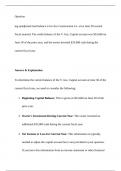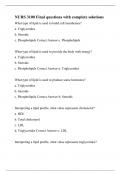Samenvatting
Summary Operations and Supply Chain Management: The Core ISE - Global Supply Chain Management
- Instelling
- Rijksuniversiteit Groningen (RuG)
An in-depth, complete and well written summary of the book for the course global supply chain management
[Meer zien]














